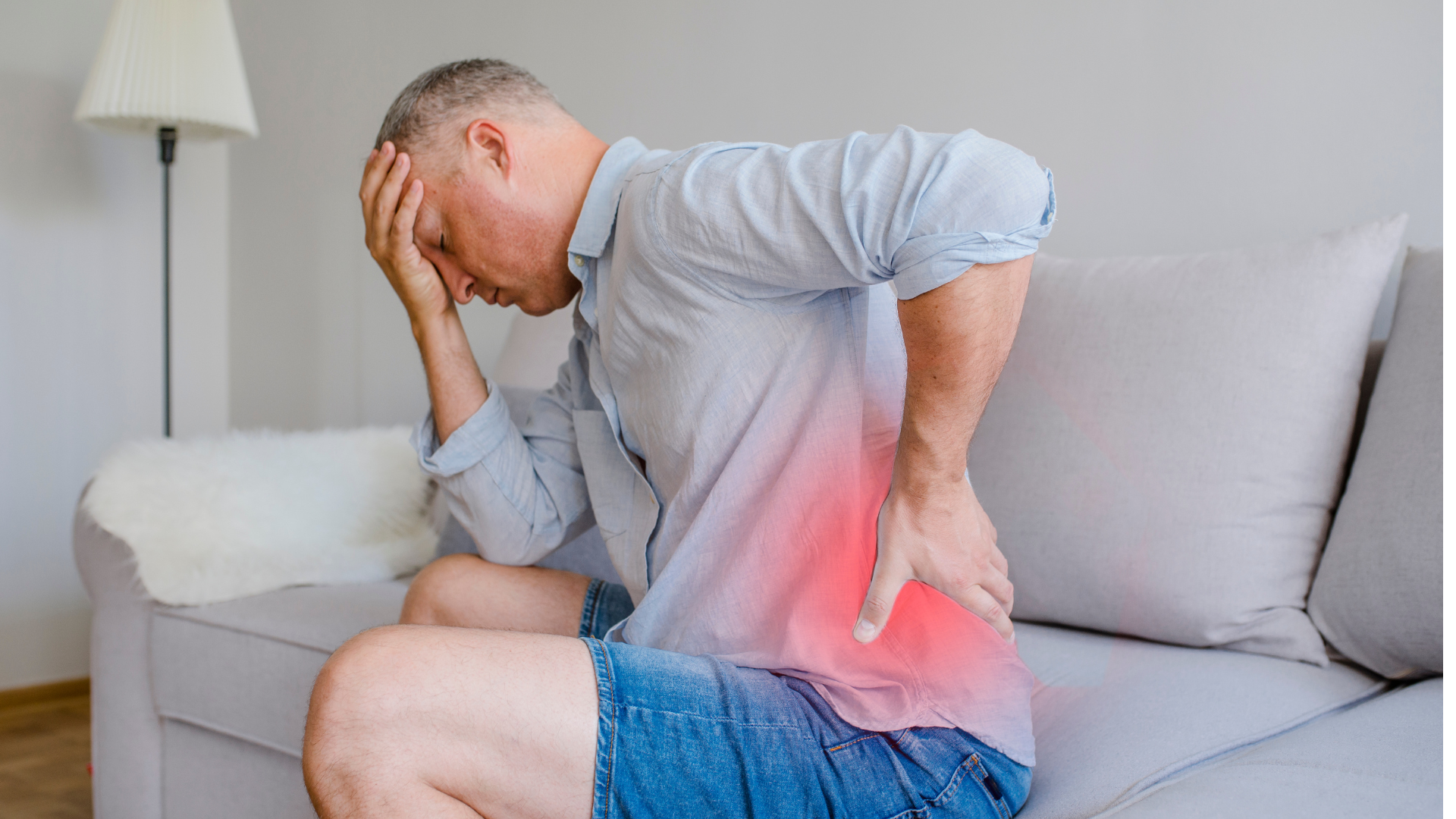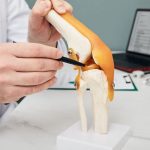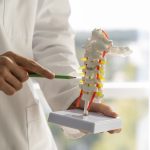Chronic pain is a complex and often debilitating condition impacting millions of individuals worldwide. In personal injury cases, effective pain management plays a critical role in recovery and overall quality of life. This blog delves into the nuances of chronic pain, various diagnostic methods, treatment options, and their significance in comprehensive life care planning.
What is Pain?
Pain is an uncomfortable sensation signaling an injury or illness. It serves as the body’s way of indicating that something is wrong. However, pain perception and tolerance vary significantly among individuals due to differences in their nervous systems and overall health.
Types of Pain
- Acute Pain: Acute pain is short in duration and is often linked to soft-tissue injuries or temporary illnesses. If unresolved, it can progress to chronic pain.
- Chronic Pain: Chronic pain persists for more than three months. It can be constant or intermittent and is commonly associated with conditions like arthritis, fibromyalgia, and nerve or spine injuries.
- Neuropathic Pain: This type of pain results from nerve damage. It’s often described as burning, stabbing, or tingling and is a frequent cause of chronic discomfort.
- Radicular Pain: Radicular pain occurs due to spinal nerve compression or inflammation and often radiates to other parts of the body. Symptoms may include numbness, tingling, and muscle weakness.
Diagnosing Pain
Accurate diagnosis is essential to develop an effective pain management strategy. Physicians use a combination of diagnostic studies and physical exams to identify the source of pain.
Methods
- Imaging Tools: CT scans, X-rays, MRIs, and discograms provide insights into structural and soft tissue issues.
- Nerve Function Tests: EMGs help pinpoint nerve involvement.
Physical Examination
Physicians employ provocative tests to identify pain triggers:
- Straight Leg Raise Test
- Slump Test
- Piriformis Stretch Test
- FABER or Patrick’s Test
- Facet Loading Test
- Spurling’s Test
Non-Invasive Treatment Options
Non-invasive treatments are often the first line of defense against pain, focusing on restoring function and reducing discomfort without surgical intervention.
Physical Therapy
Physical therapy aims to restore motion, correct alignment, and strengthen the body. Specialized therapies, such as manual and aquatic therapy, address unique patient needs.
- Manual therapy involves hands-on techniques to improve joint mobility and reduce muscle tension.
- Aquatic therapy provides a low-impact environment for rehabilitation which is particularly beneficial for patients with limited mobility or severe pain.
- Personalized exercise regimens focus on strengthening weakened muscles and improving overall function.
Acupuncture
Rooted in traditional Chinese medicine, acupuncture involves inserting fine needles at specific points to restore energy flow and promote healing.
- Commonly used for chronic conditions like migraines, arthritis, and lower back pain.
- Stimulates the body’s natural pain-relief mechanisms by releasing endorphins and improving circulation.
Chiropractic Therapy
Chiropractic care involves controlled spinal adjustments to improve mobility and alleviate pain.
- Addresses issues like misaligned vertebrae, which can cause nerve compression and pain.
- May include complementary therapies such as massage or ultrasound for enhanced relief.
Medication Management
Medications like NSAIDs, neuropathic agents, and topical creams offer symptom relief. Proper medication use is tailored to the diagnosis and individual response.
- NSAIDs reduce inflammation and are effective for conditions like arthritis or injuries.
- Neuropathic medications, such as Gabapentin, specifically target nerve pain.
- Topical treatments like Capsaicin creams provide localized relief with minimal systemic side effects.
Additional Non-Invasive Methods
- Mind-Body Techniques: Practices like yoga, meditation, and biofeedback help manage pain by reducing stress and improving mental resilience.
- Transcutaneous Electrical Nerve Stimulation (TENS): A device that delivers mild electrical impulses to disrupt pain signals and stimulate endorphin release.
- Lifestyle Modifications: Weight management, proper ergonomics, and regular physical activity play a vital role in preventing and managing chronic pain.
Interventional Procedures
Injection Therapies
Injections are used for both diagnostic and therapeutic purposes. Common options include:
- Facet Joint Injections: Target the small joints in the spine to reduce inflammation and pain. Often recommended for conditions like arthritis or spondylosis.
- SI Joint Injections: Relieve pain in the sacroiliac joints connecting the spine to the pelvis. Beneficial for patients with lower back pain radiating to the legs.
- Epidural Steroid Injections: Reduce inflammation around nerve roots to alleviate radiating pain. Effective for conditions like herniated discs and sciatica.
- Trigger Point Injections: Address specific areas of muscle tightness and tenderness, providing relief from myofascial pain.
Nerve Blocks
Sympathetic nerve blocks and stellate ganglion blocks help manage severe pain by disrupting nerve signals.
- Sympathetic Nerve Blocks: Focus on alleviating pain in the extremities, often caused by conditions like Complex Regional Pain Syndrome (CRPS).
- Stellate Ganglion Blocks: Target nerves in the neck region to relieve upper extremity pain or vascular disorders.
Spinal Cord Stimulators
These devices use electrical stimulation to interrupt pain signals. They consist of electrodes and a pacemaker-like battery implanted under the skin.
- Suitable for patients with chronic, intractable pain who have not responded to other treatments.
- Reduces dependency on medication while improving overall quality of life.
- Features adjustable settings to allow customization based on patient feedback.
Intrathecal Pain Pumps
Pain pumps deliver medication directly to the site of pain offering long-term relief while reducing systemic side effects.
- Delivers medications like Morphine or Baclofen in precise doses directly into the spinal fluid.
- Reduces the need for oral medications and their associated side effects.
- Regular refills and adjustments are conducted by physicians to ensure efficacy and safety.
Allocating Long-Term Treatment in Life Care Plans
Effective life care planning for chronic pain involves a thorough review of patient history, symptoms, and treatment responses. Tailored plans consider individual needs, ensuring optimal care and improved outcomes.
Chronic pain management is a multifaceted process that requires precise diagnosis and tailored interventions. From non-invasive treatments to advanced interventional procedures, understanding these options is crucial in personal injury cases. By integrating these approaches into life care plans, individuals can achieve better health outcomes and enhanced quality of life.






